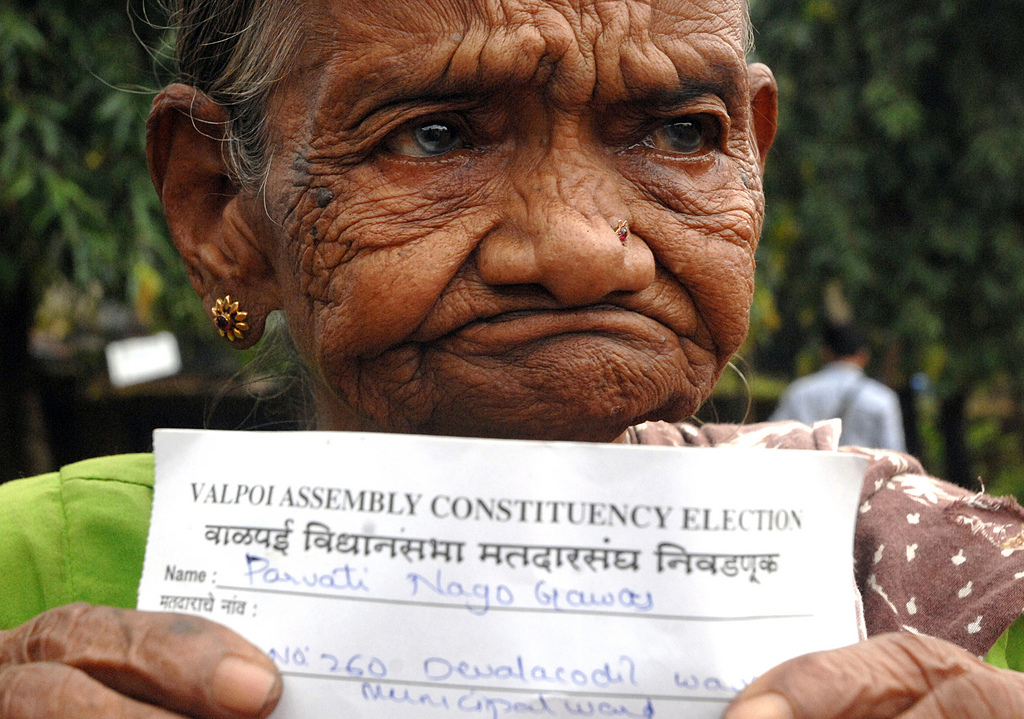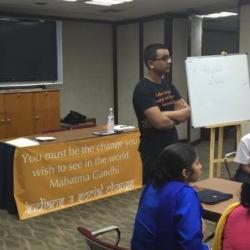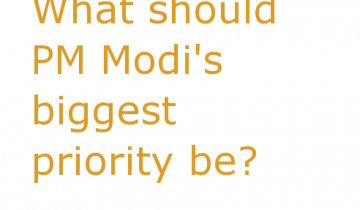Indian Women Shaping the Political Scene

A commonly cited fact is that India is the world’s largest democracy. It needs to be cleared up that this only refers to the population of India and not the strength of the democracy. As elections are rolling around in India, it is important to take a look at the polling numbers of Indian women (the group most in need of political power in India) to assess the strength. The news is actually surprising.
Sonal Mahele told DNA India that last time, “I couldn’t vote because I had a lot of household work those days. However, my husband and sister-in-law did go for voting.” This is quite a popular statement among women in India because they leave the politics and voting to their husbands and fathers because of the deep patriarchal system. However, this seems to be changing on a large scale.
Some steps taken by the Electoral Commission of India indicates that change is possible. After hearing that women felt uncomfortable voting without a male escort, they started to visit families and give more information to the women and set up polling slips beforehand. The Chief Election Commissioner reported that after this, more women were seen at the pool.
Even more positive news is that some are predicting that more women will vote this year than men. This is backed up by post-2009 election data for states that had elections in the last few years. Former Chief Election Commissioner, SY Quraishi, told the Hindustani Times, “An analysis by the Election Commission showed that in 16 of the 20 states that went to polls after 2010, women voting percentage was higher than men. In fact, women are no more hesitant to show their electoral preferences.”
The New India Times points out a bigger problem; it has been thirty years since India has had a female prime minister (Indira Gandhi). Although political participation may be increasing, work still needs to be done to increase political participation. We should be hopeful that as participation increases women start using their collective power to vote in female members of parliament, and ultimately another female prime minister. It will be interesting to see if the new number of female voters shapes the Indian parliament in 2014, if not this ought to be the next step taken.
One possible answer may lie in how the women choose who they vote for. It is feared that although more women are voting at the polls, their choice might still be heavily influenced by their husbands. It is imperative that steps be taken to educate women on their choices and make it clear that their voice is to be theirs and not an echo of their husbands. Female actress Gul Panag puts it best when she says, “Dalits vote as a block, Hindus vote as a block, Muslims vote as a block, Communists vote as a block. Why can’t women vote as a block to effect change?”
Assuming female representation goes up, the women’s agenda may still not see much progress. Women with political power seem to disassociate with the women’s movement in order to retain their seats. This is a sad reality of representative government and the only true solution is to make the women’s movement a cause that everyone supports. Education needs to be increased regarding the benefits (if not fairness) of empowering women.
Indian elections and democratic practices are important not just for Indians, but also for the entire world. India is viewed as many developing countries as the quintessential example of a developing democratic country. These countries look to India to see what works and doesn’t work, and it is important that countries realize that putting more power in the hands of women is both the most democratic and most beneficial path for them to take.
[Image Attribute: Flickr User- American Center Mumbai]




